After discovering Open House Chicago for the first time in 2014 and going into it completely ill-prepared, I approached this year’s event with a bit more planning. One of several similar events that take place around the world, Open House Chicago is a two-day architectural extravaganza that opens up 200 buildings throughout Chicago (and Evanston!) to the public, completely free of charge. I would say it is a unique opportunity to play tourist in your hometown, but in my opinion, if you do it right, you visit a lot of buildings that never even get on the radar of most tourists.
My targets this year were several neighborhoods that I rarely visit: Ukrainian Village, Pilsen, Hyde Park and Bronzeville.
Ukrainian Village
I started Saturday around noon after meeting a friend for brunch near Damen and Division – the northern edge of Ukrainian Village. I started off visiting a few Ukrainian churches that I saw last year, but my visits last year were really rushed and took place when I was really exhausted so it was nice to see them again at a slower pace. I also had a chance to visit the Ukrainian National Museum for the first time, checking out exhibits of Ukrainian Easter eggs, traditional costumes, folk art and a whole section about the current conflict in eastern Ukraine.

Pilsen
Next, I caught the Damen bus south to 19th Street and walked a few blocks over to the studio of muralist Hector Duarte. I happened to arrive just as he was giving a talk to visitors about his background and the inspiration for his murals. Duarte himself came to the United States from Mexico in 1985 and has created more than 50 murals around Chicago. After listening to the end of Duarte’s talk and taking some photos inside his studio, I went outside and tried to capture his most famous mural – Gulliver in Wonderland, which covers the entire building and is meant to be a commentary on the situation that immigrants find themselves in when they come to the United States and encounter a foreign language and culture and hostility toward their presence.
My next stop was meant to be Thalia Hall but I neglected to notice that tours there stopped at 2 p.m. and it was already 3 by the time I arrived. So instead I did what everyone should do in Pilsen – I stopped for tacos and a margarita (actually flautas, but who’s counting?).
After a much needed rest, I made my way a bit further south to the Lacuna Artist Lofts. The best reason to stop at this former macaroni factory building in the middle of nowhere is for the enormous rooftop deck with a great view of the Chicago skyline.
The second best reason is probably the cool-looking event space on the main floor that I didn’t get to see much of because there was an event going on. On the five floors in between, I found long empty hallways, bright colored graffiti and murals, an unlikely number of African-American barbershops, several pop machines painted with colorful skulls and a triceratops or two. To call this space eclectic would be an understatement.
The Lofts were my last official stop for the day, but I continued to explore by walking east on Cermak to Chinatown (through some very shady feeling areas) and then wandering around Chinatown a bit before heading home.
Hyde Park/Woodlawn
I got an earlier start on Sunday, leaving home just before nine to take the train south to Hyde Park – Red Line to Green Line to Garfield. Disembarking at Garfield, I walked through what I think was Washington Park over to the University of Chicago campus. And such a beautiful campus it is! My first stop there was the Oriental Institute – a museum that I have wanted to visit for a while but I never felt like making the trek south just for that. As part of Open House Chicago, docents were giving brief tours that included the private reading room and the directors’ office (allegedly the best office on campus). Afterwards, I spent some time checking out the museum galleries, which feature all sorts of artifacts from ancient Egypt, Persia, Assyria and Anatolia, including many from parts of Syria and Iraq, where ISIS is destroying the historical sites that still remain.
Next up was the Frederick Robie House – my first Frank Lloyd Wright home (and a good reminder that I need to get out to Oak Park to see many of his other buildings)! After a 20 minute wait to get inside, I joined a group of 14 others for a short tour of the main living spaces that included an overview of the history of the home and of the Prairie style of architecture that Wright made famous. No photos allowed inside, unfortunately.
After the Robie House, I wandered through the U of C campus and headed south on Cottage Grove toward the Green Line stop. Just past the el stop was the Cinderella Ballroom, which was built during the Woodlawn neighborhood’s jazz age heyday. At one point, it was just one of dozens of ballrooms, cafes and dine-and-dance establishments along Cottage Grove between 60th and 68th Streets and from King Drive to Stony Island. From the outside today, you would never guess a fancy ballroom is inside! The area today definitely has a bit of a shady feel to it.
Bronzeville
My next stop was off the 43rd Street stop on the Green Line – Forum Hall. Construction on the building began back in 1892, at which time the area around 43rd and Prairie Avenue was home to a community of European immigrants. By the mid-1920s, it had become the center of the “Black Metropolis” on the south side of the city. Forum Hall later served as a key organizing location for labor and civil rights groups, as well as a venue for popular African-American musicians like Nat King Cole. However, by the 1970s, more than half of the population around Forum Hall moved away and the venue eventually closed. Fundraising efforts are now underway to restore the ballroom to its former state.
South Loop
I wrapped up the weekend with a visit to the Clarke House – the oldest building within the original city limits of Chicago. The home was built on 20 acres of land in 1836 at what is now 17th Street and Michigan Avenue. For Open House Chicago, they were offering an abbreviated tour of the home, which allowed me to hear a bit of its history and see a couple rooms on the main floor, all decorated in period furnishings (although not the original furnishings of the Clarke family).
And with that, I called it a weekend, satisfied with what I saw but wishing I had time to see more!



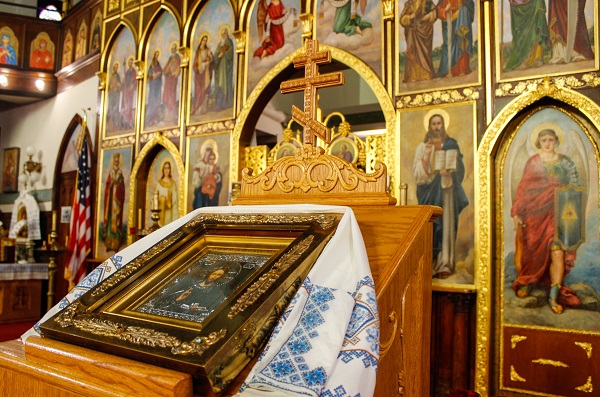
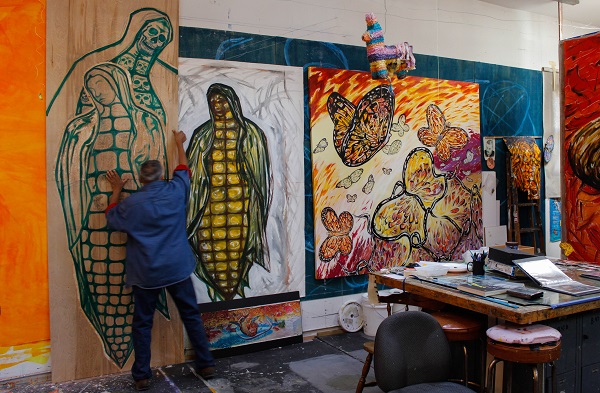


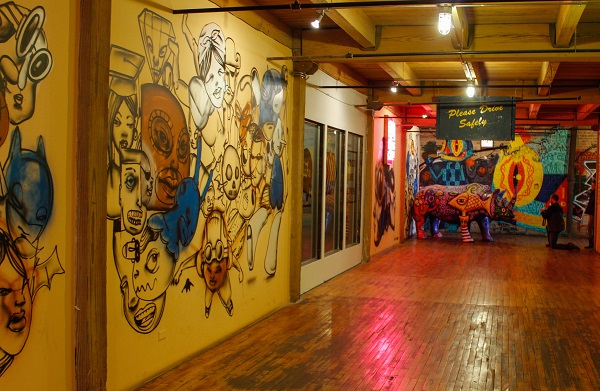



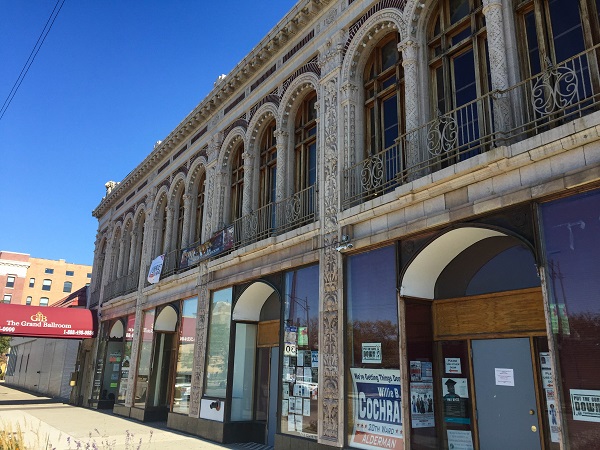



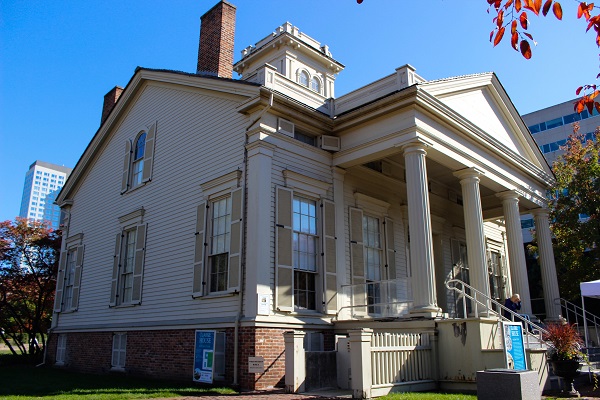
I still haven’t written up my post, although I admittedly did not see as much as you. I was feeling unmotivated Saturday morning and just visited 4 spots in the Michigan Ave/Near North area. Will have to be more prepared for next year!